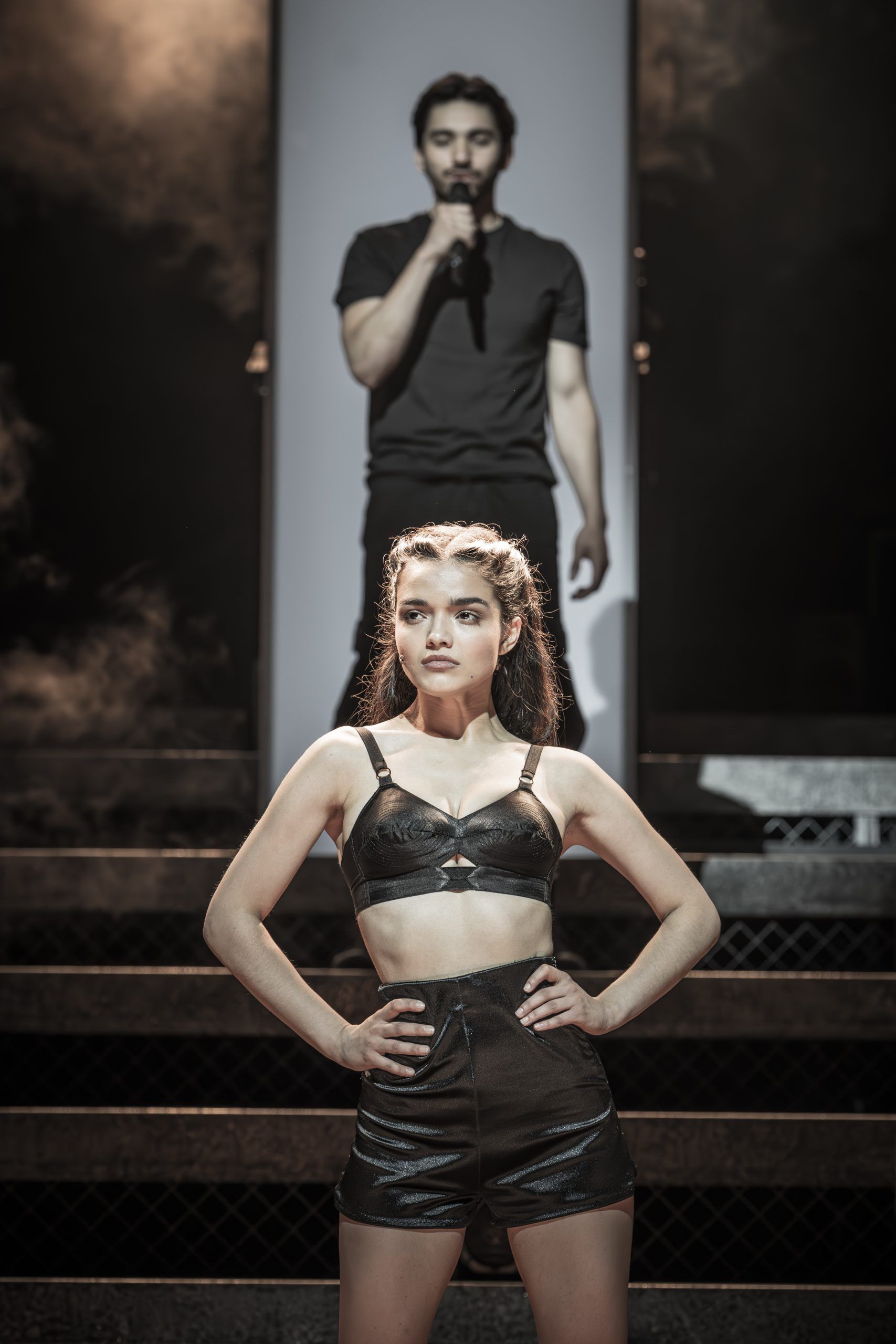
In an industry often defined by its relentless drive towards the new, archival fashion stands as a compelling counter-narrative. Rooted in history, craftsmanship, and cultural significance, archival pieces transcend the ephemeral nature of seasonal trends to offer something rare: timelessness. From the meticulously constructed garments of Raf Simons to the evocative silhouettes of Yves Saint Laurent, archival fashion captures moments of artistic brilliance and cultural evolution, resonating deeply with today’s discerning consumers.
What Is Archival Fashion?
At its core, archival fashion refers to garments that hold lasting value due to their rarity, design, and historical importance. Unlike vintage clothing, which often reflects the general aesthetics of a past era, archival pieces are typically created by renowned designers whose work has defined or disrupted the fashion industry. These items—limited in availability and often irreplicable—are as much about storytelling as they are about style. They offer a tangible connection to fashion’s artistic and cultural lineage, making them prized collectibles for enthusiasts and historians alike.
Key examples include Raf Simons’ “Riot! Riot! Riot!” bomber jackets from 2001, pieces from Margiela’s artisanal collections, or the classic “Le Smoking” tuxedo by Yves Saint Laurent. Each of these items encapsulates not only a designer’s vision but also the cultural zeitgeist of their time.
The Rise of Archival Fashion
The increasing interest in archival fashion coincides with a broader cultural shift towards sustainability and authenticity. In a world saturated with fast fashion, where garments are mass-produced and quickly discarded, archival fashion offers an antidote: quality, rarity, and meaning. Consumers are drawn to the idea of owning something unique, something that tells a story and stands apart from the homogeneity of high-street offerings.
Social media has further amplified this trend. Platforms like Instagram have turned archival fashion into a visible marker of cultural sophistication, with influencers and celebrities showcasing rare pieces that elevate their personal style. As a result, what was once a niche market for collectors has evolved into a significant cultural and economic phenomenon.
Who Buys Archival Fashion?
The appeal of archival fashion spans diverse demographics, but the common thread is a deep appreciation for artistry and history. Broadly, the market can be segmented into the following groups:
- Collectors and Investors: These individuals view archival pieces as both art and assets. They meticulously research designers and their collections, seeking items that promise cultural and financial value over time.
- Creative Professionals: Working in fields such as design, media, and fashion, these buyers gravitate towards archival fashion for its unique ability to inspire and differentiate.
- Young Enthusiasts: Millennials and Gen Z are increasingly turning to archival fashion as a sustainable alternative to fast fashion. For them, these pieces serve as a statement of individuality and ethical consumption.
- Sustainability Advocates: Environmentally conscious consumers value the longevity and craftsmanship of archival fashion, aligning with the principles of slow fashion.
The Market for Archival Fashion
The market for archival fashion has evolved significantly, with dedicated boutiques, online platforms, and auction houses playing pivotal roles. Stores like Aro Archive in London and XC273 in China curate collections that cater to high-end buyers, while platforms such as Grailed and Vestiaire Collective make these rare finds accessible to a global audience. Even traditional auction houses like Sotheby’s have entered the fray, highlighting the growing cultural and monetary value of these garments.
Price trends in archival fashion reflect its exclusivity. Iconic pieces from designers like Raf Simons or Comme des Garçons can fetch tens, if not hundreds, of thousands of dollars, underscoring their status as both luxury goods and cultural artifacts.
Challenges and Opportunities
Despite its allure, the world of archival fashion is not without challenges. Counterfeiting poses a significant threat, particularly as demand grows. The rise of counterfeit items not only undermines consumer trust but also devalues the authentic pieces that define this market. To combat this, many retailers and platforms are turning to technology, such as blockchain, to provide immutable records of authenticity and provenance.
On the flip side, the digital era also presents opportunities. Virtual showrooms and augmented reality (AR) try-ons are making it easier for consumers to explore and engage with archival pieces, even from afar. Meanwhile, social media continues to be a powerful tool for storytelling, allowing brands and collectors to share the rich histories behind their items.
The Cultural Impact of Archival Fashion
Archival fashion is more than a market trend; it’s a cultural movement. By preserving and celebrating fashion’s past, it challenges the industry’s relentless focus on the future. It invites us to slow down, to appreciate the artistry and intention behind each piece, and to consider the broader narratives that garments can hold.
For consumers, owning an archival piece is often a deeply personal experience. These garments are not just items of clothing; they are symbols of identity, taste, and values. For the industry, the growing interest in archival fashion serves as a call to action: to prioritize quality over quantity, storytelling over trend-chasing, and sustainability over disposability.
A Look Ahead
As archival fashion continues to capture the imagination of consumers and collectors, its influence on the broader industry is likely to grow. From inspiring contemporary designs to shaping conversations around sustainability and heritage, archival fashion holds the potential to redefine what luxury means in the 21st century.
For those who seek meaning in what they wear, who value history as much as innovation, and who understand that true style is timeless, archival fashion is more than a trend. It’s a testament to the enduring power of design, a bridge between the past and the present, and an invitation to see fashion as art.
In an age of fleeting trends, archival fashion reminds us that some things are worth holding onto.
Author: Xuanhao Yi





